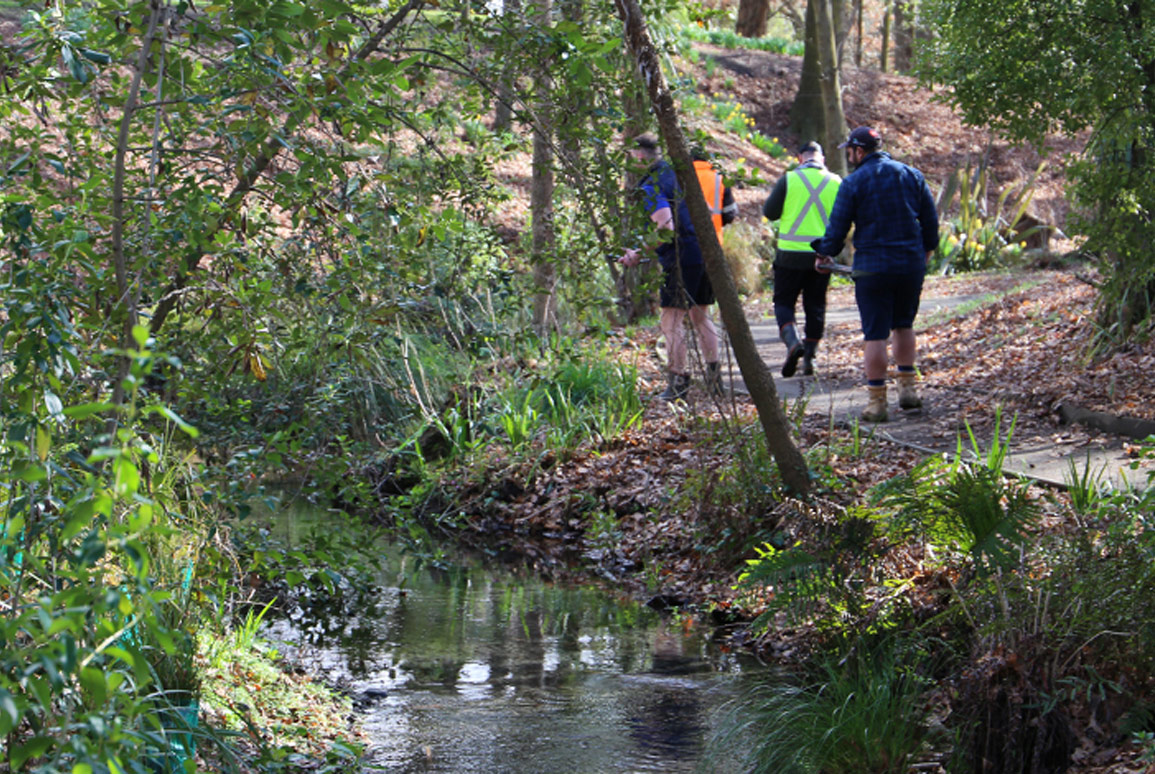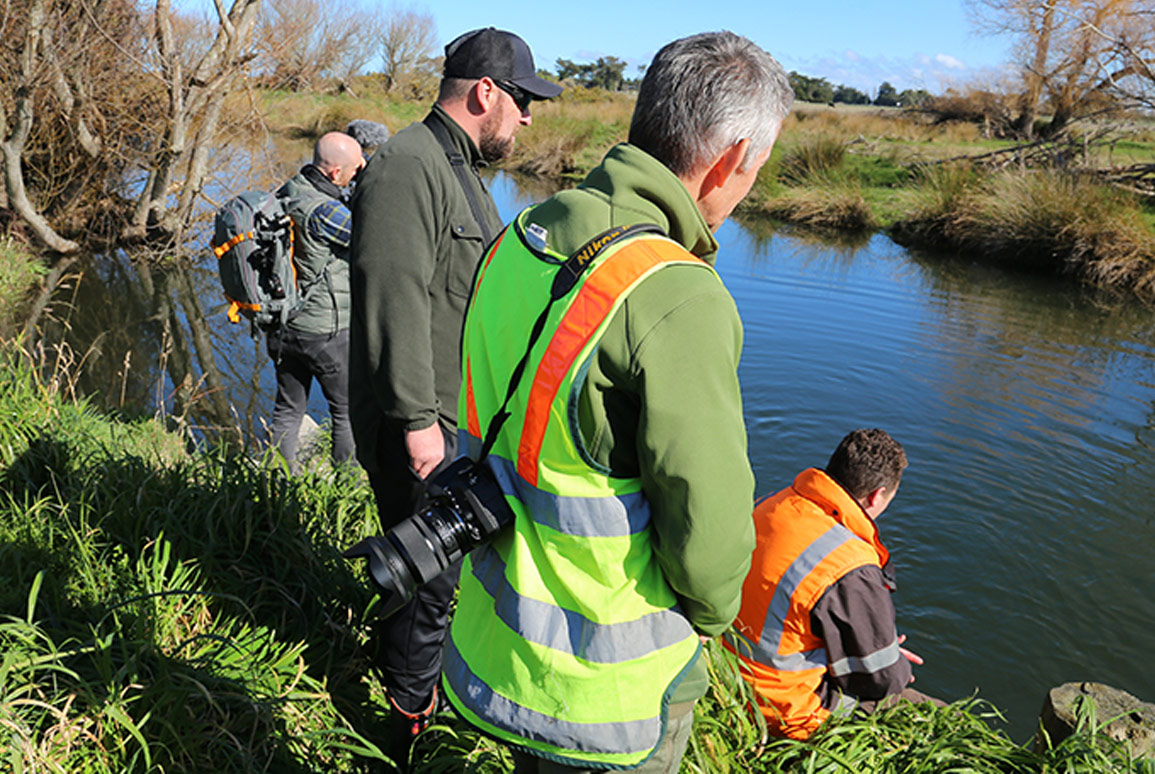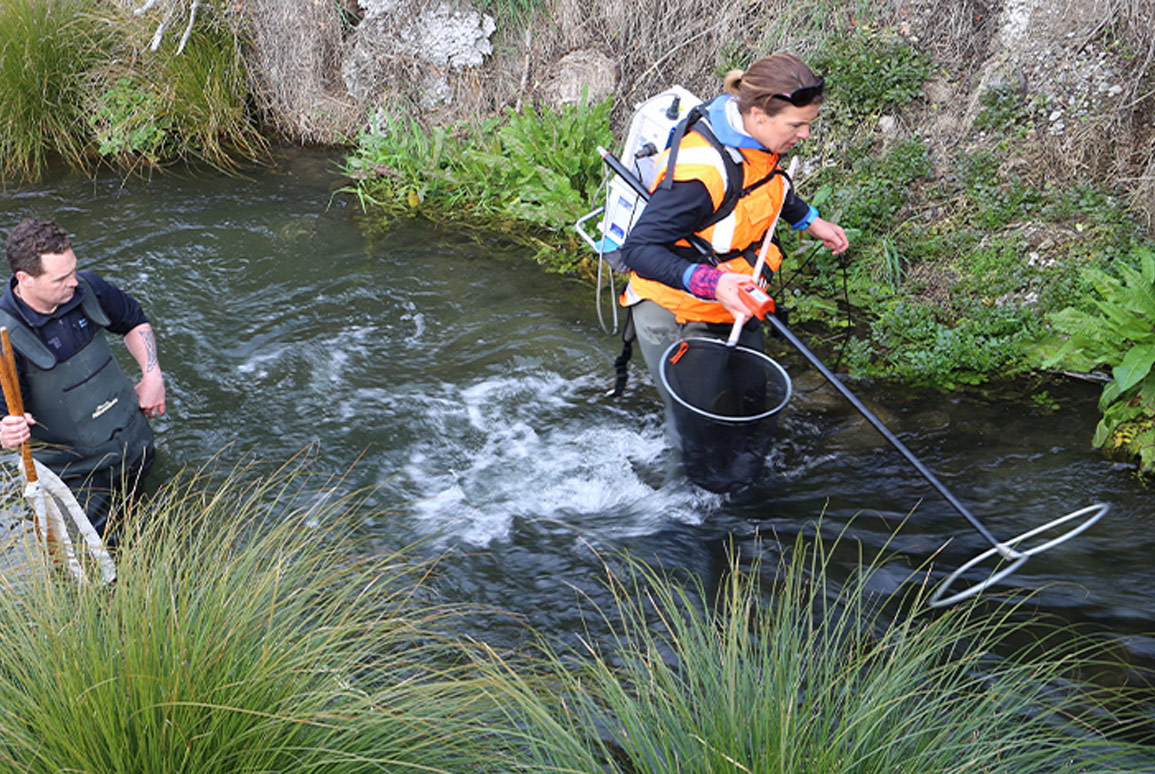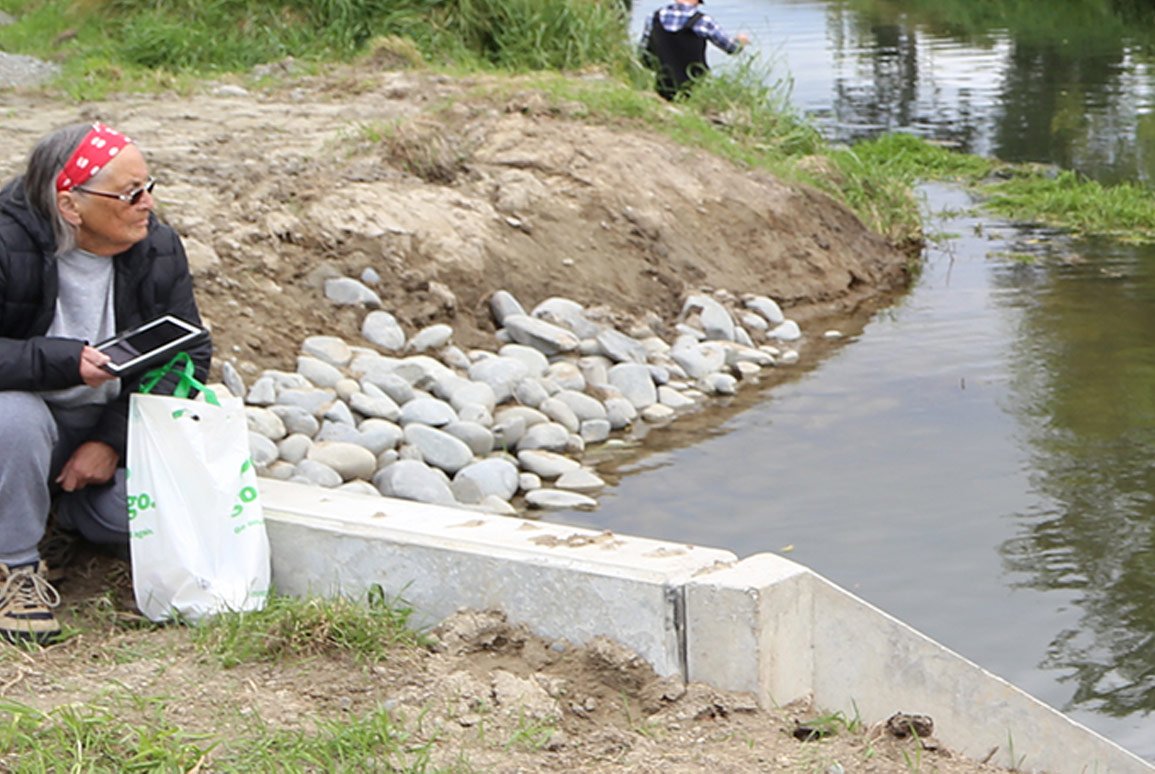Finding ways to measure mauri: State of the Takiwā
4 May 2020
The cultural perspectives are often intangible but the State of the Takiwā methodology makes this quantifiable; enabling cultural perspectives to be collated or cross-referenced with scientific evidence.

Ancestral knowledge, or mātauranga Māori, is a belief system that acknowledges that all living creatures and natural resources are infused with mauri, or a life essence. The protection of mauri ensures the environment retains its strength and vitality – when mauri is strong, flora and fauna are seen to flourish; when mauri is depleted the life essence is weak and at risk of diminishing. If mauri has been degraded, then its restoration becomes a matter of immense importance to iwi, hapū and whanau Māori.
The definition of mauri varies from hapū to hapū, and the oral nature in which Māori traditionally recorded information proved challenging to adequately express and defend in legislative situations, such as hearings and Environment Court. This necessity to be able to tangibly measure mauri has led to the creation of assessment tools to understand the definition of mauri and facilitate iwi in expressing the state of mauri in their rohe (territory) in a way that can be incorporated with western science and hold the same statute.
The State of the Takiwā database is one such assessment tool developed by Te Rūnanga o Ngāi Tahu. It enables the gathering, storing and analysis of information from iwi, both historic and current, on matters important to mana whenua, including cultural heritage and past mahinga kai. The data can be used to report on the cultural health and mauri of a freshwater environment.
The State of the Takiwā pilot project began in 2004 with mana whenua from Murihiku (Southland) and was based around assessing the cultural health of the Waiau River catchment. The pilot project involved developing specific forms to assist with data collection. This information was then manually loaded into the database, which is used to analyse and create catchment reports to understand the overall ‘state’ of the takiwā or cultural health of a catchment.

Boffa Miskell’s Craig Pauling and Mapihi Martin-Paul of our Te Hīhiri team and Senior Ecologist Tanya Blakely have worked collaboratively with local Ngāi Tahu Papatipu Rūnanga on various freshwater restoration projects. One key outcome from this collaboration involved digitising the State of the Takiwā forms to enable them to be completed on iPads or other devices while on site. “We’ve seen a real increase in efficiency,” says Mapihi. “Being able to have a handheld device rather than filling out six different paper forms means that it is easier for us, and the rūnanga representatives, to bring both approaches to a project.”
“As freshwater ecologists, we work alongside iwi to gather data that provide insight on the current health of the water system from an ecological perspective,” says Tanya. “In many instances, the two viewpoints are aligned, but that’s not always the case.” The cultural perspectives are often intangible but the State of the Takiwā methodology makes this quantifiable; enabling cultural perspectives to be collated or cross-referenced with scientific evidence.
Continuing to measure both the cultural and scientific data, and confidently presenting those perspectives side-by-side has helped formalise and give expression to Ngāi Tahu cultural aspirations and cement them into the design, restoration and future monitoring of freshwater streams and wetlands.

“Since digitising the fieldwork data-collection component, we have increasingly suggested the use of this tool alongside the standard required ecological assessment and monitoring protocols,” Mapihi continues. “To me, it highlights the point that environmental specialists are gaining confidence in working with iwi, hapū and whanau Māori to give their ‘western’ perspective. We have a robust tool that allows us to look after our whenua [land] in a holistic way that is effective and acknowledges all perspectives of the physical and non-physical world.” The State of the Takiwā has predominantly been used in the freshwater space, and with more refinement and a catalytic project, it can be used in coastal or terrestrial applications taking into account vegetation values, the presence of birds and other fauna as these factors are important both ecologically and culturally.
For further information please contact Dr. Tanya Blakely or Mapihi Martin-Paul


